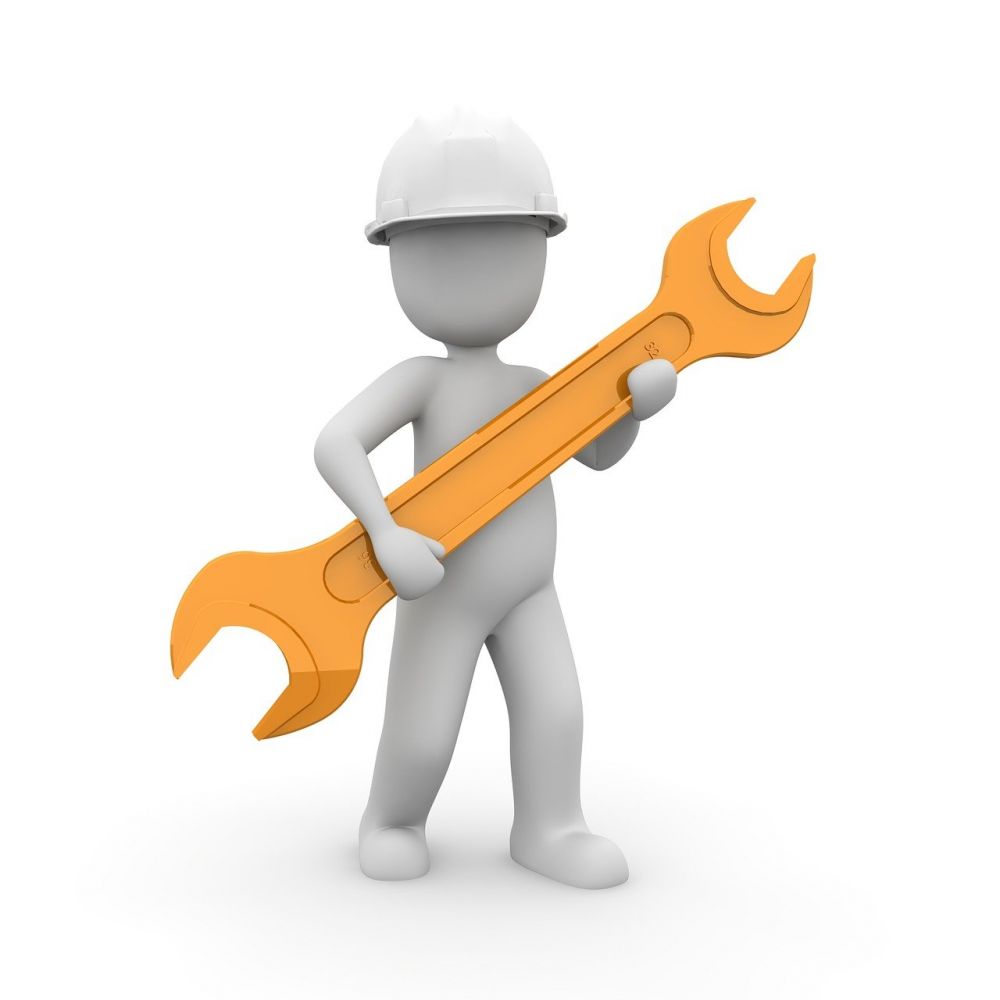Husbygge: En In-Depth Guide to Building Your Dream Home

Husbygge Building the Foundation of Your Dream Home
Introduction:

Building your own home is a significant milestone that allows you to create a living space tailored to your specific needs and desires. But where do you start? In this comprehensive guide, we will explore the world of house construction and provide you with an in-depth overview of the process. From various types of construction methods to historical insights and quantitative measurements, this article is designed to equip you with the knowledge needed to embark on your home-building journey.
Understanding House Construction – Types and Popularity
House construction is a multifaceted process that involves the creation of a structure from the ground up. There are several types of construction methods, each with its own unique characteristics and advantages. These include:
1. Traditional Construction: This method involves building homes using conventional materials such as wood or bricks. It is a popular choice due to its versatility and timeless appeal.
2. Modular Construction: A modern approach that involves constructing homes in sections or modules off-site and then assembling them on the intended location. Modular construction offers several benefits, including reduced construction time and cost.
3. Prefabricated Construction: Similar to modular construction, prefabricated homes are built in sections off-site but are then transported to the final location for assembly. This method provides homeowners with a cost-effective and efficient solution.
4. Sustainable Construction: As environmental awareness grows, sustainable construction methods have gained popularity. This approach focuses on using eco-friendly materials and energy-efficient systems to reduce the environmental impact of a home.
Quantitative Measurements in House Construction
When it comes to building a home, several quantitative measurements come into play to ensure a successful construction project. These measurements include:
1. Square Footage: The total area of a house is typically measured in square footage (or square meters). This measurement is crucial for determining the cost of materials, construction time, and overall functionality of the space.
2. Construction Timeline: Building a home is a time-consuming process, and having a realistic timeline is essential. Factors such as weather conditions, availability of materials, and labor resources can influence the construction timeline.
3. Cost Estimation: Budgeting is a critical aspect of house construction. In this section, we will provide you with insights into the various cost components, including land acquisition, materials, labor, permits, and additional expenses.
Understanding the Differences in House Construction
While all house construction methods aim to create a functional and safe living space, there are several key differences between them. These differences can impact factors such as construction time, cost, and design flexibility. Some factors that set different house construction methods apart include:
1. Construction Time: Traditional construction methods generally take longer to complete compared to modular or prefabricated methods. The off-site construction approach of modular and prefabricated methods allows for faster completion times.
2. Cost: Traditional construction methods tend to be more expensive due to the need for extensive on-site work. Modular and prefabricated methods often offer cost savings, as they allow for streamlined construction processes and reduced labor costs.
3. Design Flexibility: Traditional construction methods offer greater flexibility in terms of customizing the design and layout of your home. Modular and prefabricated methods typically have limitations in terms of architectural design.
A Historical Overview of the Pros and Cons of House Construction
Throughout history, various construction methods have emerged, each with its own advantages and disadvantages. Understanding this history can provide valuable insights into the development of modern house construction. Here, we explore some of the pros and cons associated with different construction methods:
1. Traditional Construction: Pros include durability and design flexibility, but cons may include longer construction times and higher costs.
2. Modular Construction: Pros include faster construction times, reduced labor costs, and potentially lower environmental impact. However, cons may include limited customization options and transportation logistics.
3. Prefabricated Construction: Pros include streamlined construction processes and cost-effectiveness, while potential cons may include limited design options and transportation challenges.
Conclusion:
Building your own home is an exciting endeavor that requires careful planning and consideration. By understanding the different types of house construction methods, quantitative measurements involved, and historical pros and cons, you can make informed decisions throughout the process. Whether you opt for traditional construction, modular construction, or prefabricated construction, your dream home is within reach. Now armed with the knowledge provided in this article, you can confidently embark on your house-building journey.











